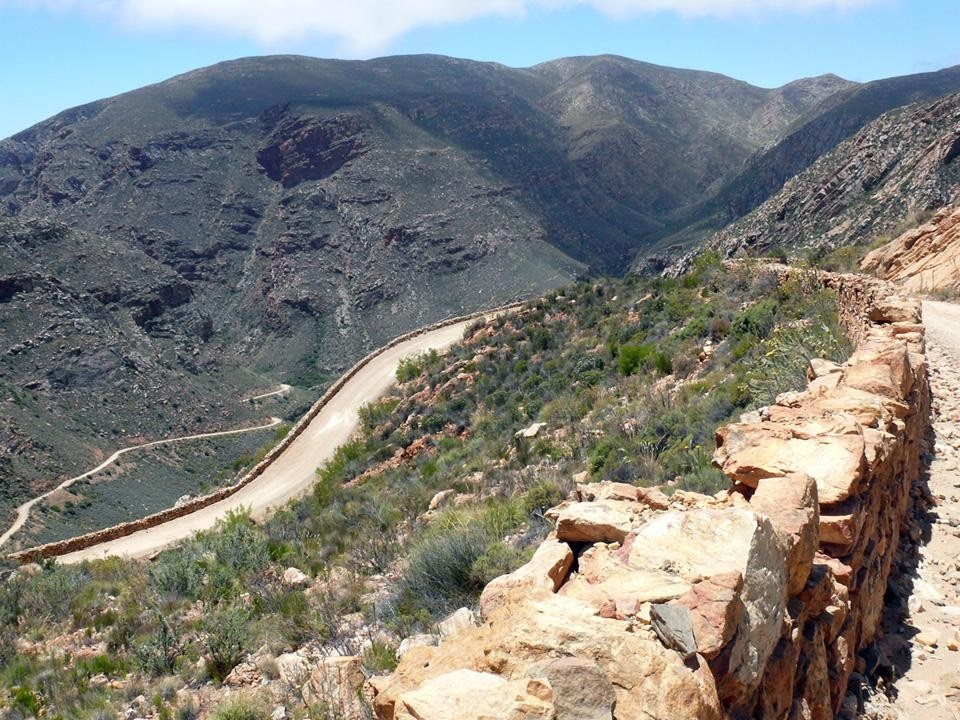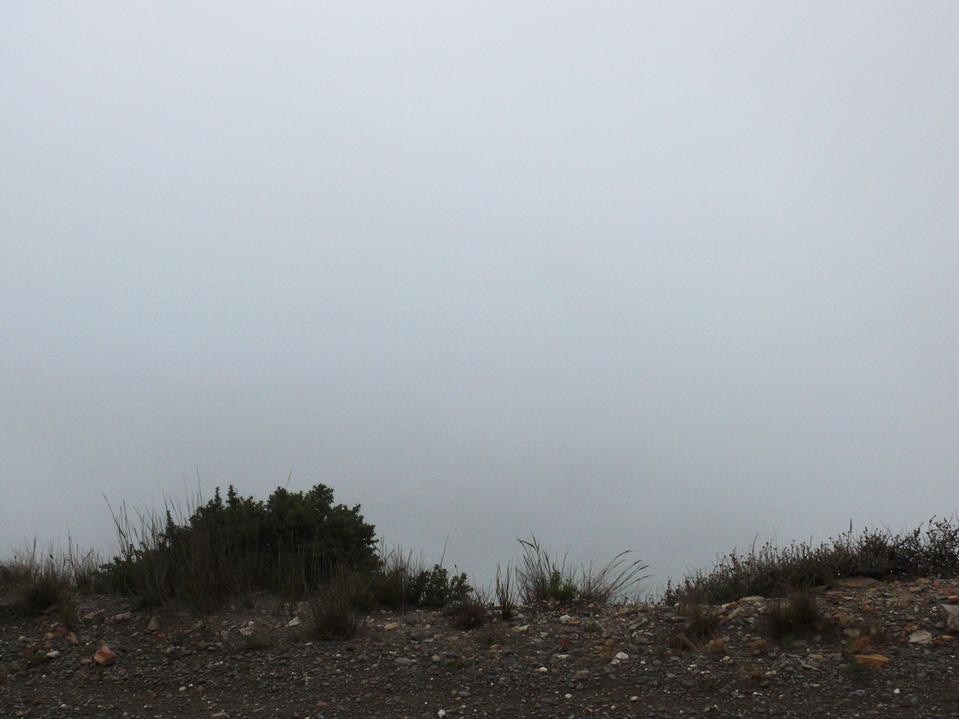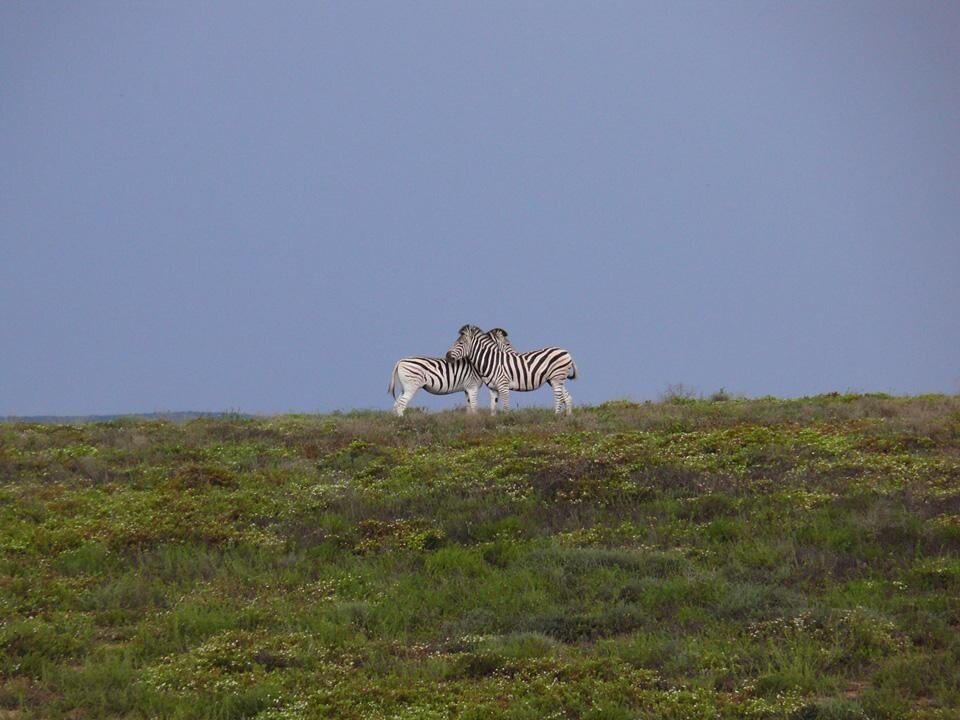John Charles Van Dyke, professor of art history, can not help asking himself this question, after spending three years in the Mojave Desert, between the end of XIX century and the beginning of XX century. Van Dyke then publishes The Desert: Further Studies in Natural Appearances, the text that would become, with Travels in Arabia Desert by Charles M. Doughty, a powerful source of inspiration for Reyner Banham's raids in the American deserts.
The charm of Scenes in America Deserta, published in 1982, lies in the patient research of the purest source of the perception (especially vision). The desert is interesting for Banham as the realm of light in its extreme form, it is his clarity of expression and understanding that is the reason why the British historian is infatuated with the text of Van Dyke, and, as a result, of the North American deserts.
Are we still capable of pure vision, free of philosophical categories (such as the triad sublime-picturesque-beauty) and consumer images that make us seem familiar with far away places? A precondition seems to be the total extraneousness of the cultural milieu of the observer (in his case the Anglo-Saxon Protestant culture, and Western philosophy in general) in relation to the one that permeates the places visited (the Native Americans' traditions).
Glossy images in magazines, westerns, flyers, manifesto designs by architects with messianic nature, all are unwanted baggage, weighing him down. Sure, it's almost impossible to cross with virgin eyes deserts as the Mojave, icons such as the Desert Valley and Monument Valley, battered fragments of utopias as Arcosanti and Taliesin West. Banham does not lose heart, and turns pragmatism and the obstinate search for clues in his method of exploration and narration. And it is just the breaks, the travel between well-known destinations, or unexpected places with alien names like Zzyzx, that provide him, and provide to the reader, the most significant passages. The narrative ranges from meticulous descriptions of buildings elsewhere insignificant to moments of almost ecstatic empathy with endless landscapes, and apparently paradoxical aphorisms ("Deserts may need man more than man needs the desert").
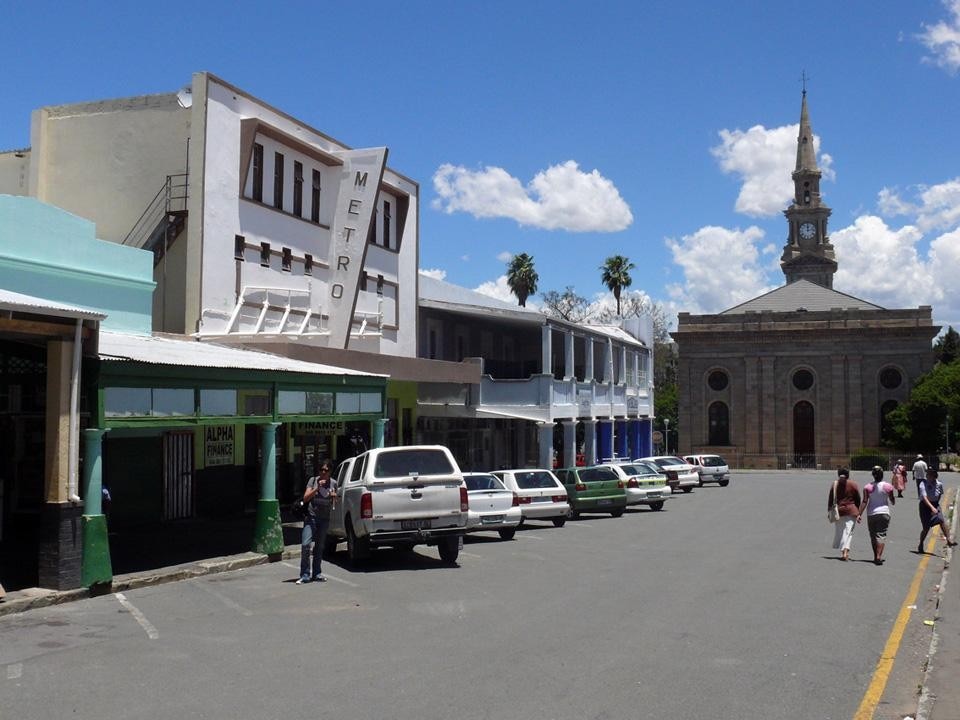
A recent trip of 700 km by car, in an area straddling the provinces of Eastern and Western Cape in South Africa, has offered an interesting case study. Neither Cape Town nor Johannesburg. Neither the endless townships nor the mines that make the country one of the emerging CARBS members, the five countries dominating the global commodity markets. Some stories previously read, as Doris Lessing's Collected African Stories, or Nadine Gordimer's novels, as The Conservationist, stories set in the vlei, in the veld, somehow built more a blurred expectation than a repertoire of predefined images. Starting from Addo Elephant National Park (149 metres above sea level), which provides the last reassuring shots from a documentary film Africa, then moving north, and finally reaching the dense enigmatic whiteness of the Swartberg Pass (1583 metres above sea level).
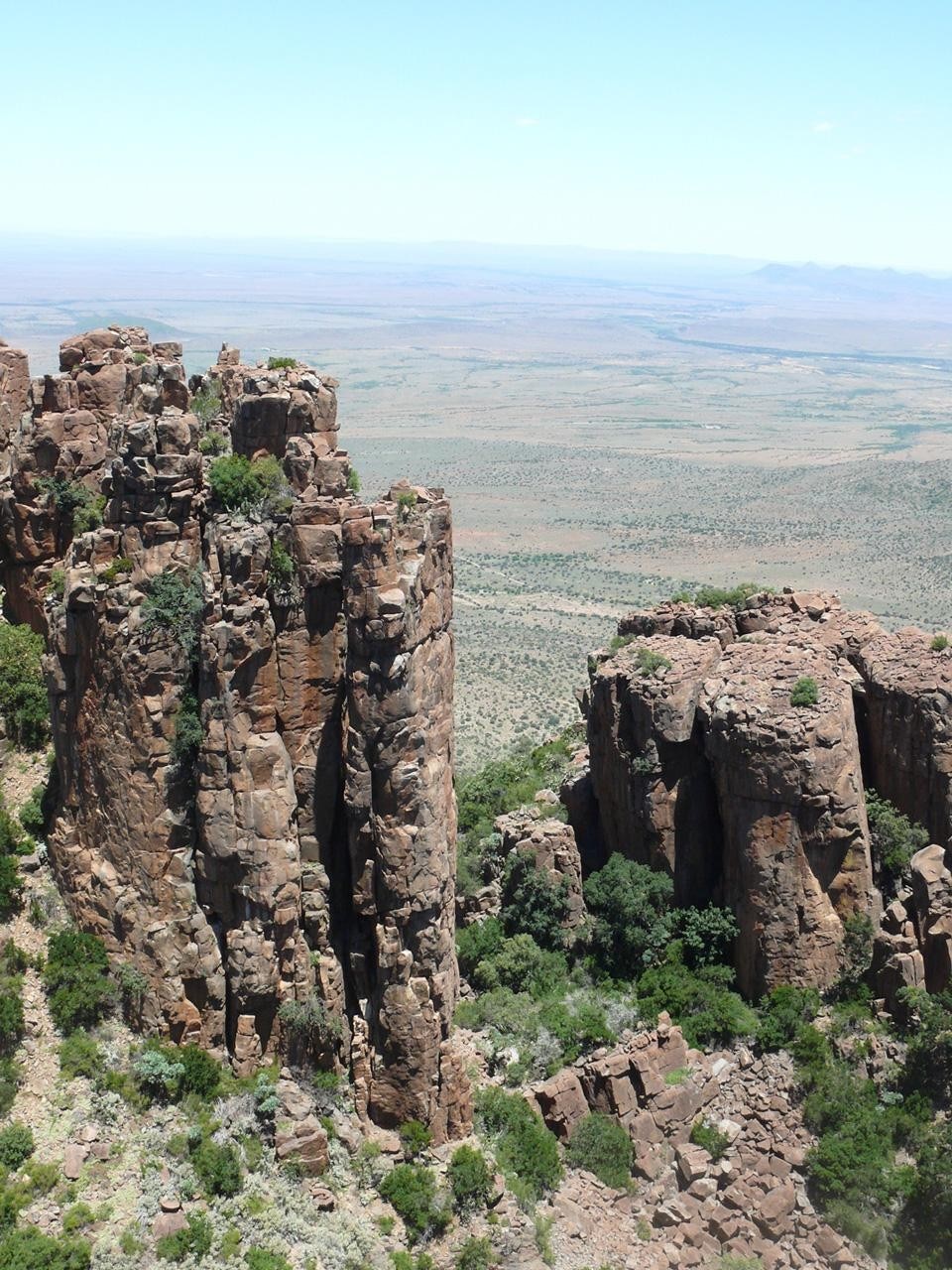
From Addo onwards those who will be two inseparable travel companions come on board, mud and dust: a thin layer on the clothes and on the front window, a gradually increasing layer on the mudguards.
After driving along the R342 up to Paterson, take the N10 national road, heading north. Large expanses of dense bushes form a sort of huge plant blinkers, and gradually diminish going up to the Olifantskop pass. Beyond the pass, across Cookhouse, follow the Great Fish River, a wet wedge which flows at the bottom of the valley, laid down in a range of barren hills. Along the river, and until there is enough water, crops and herds follow, like in trenches, up to Cradock, the collector of a linear agricultural system a hundred kilometres long. It is here that the market products of the whole valley converge: wool (mohair especially), meat, dairy, fruit, alfalfa.
Landscapes and wildlife are thus filtered through a screen, be it a car window or the camera lens. But sometimes the temptation is irresistible, you must descend, come what may
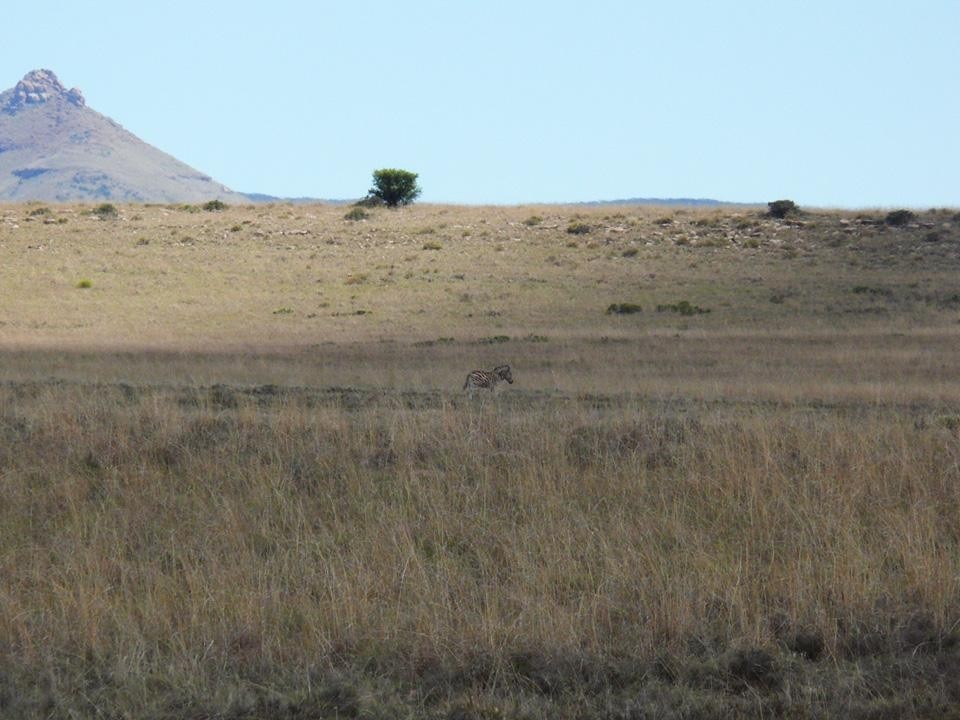
Leaving Cradock along the R61 towards the west, after about ten kilometres a dirt road leads to the Mountain Zebra National Park, established to preserve the last Cape mountain zebras (Equus zebra zebra). These are distinguished from other zebras by their brown-toned coat. The park covers a large part of a smooth wind-swept plateau, which, in contrast with Addo, is deserted. The vegetation is low, dry expanses of grass scattered with bushes let the gaze wander over the plains and the Bankberg mountain range. A relentless and hypnotic fluctuation between of rough and smooth: is this the veld then?
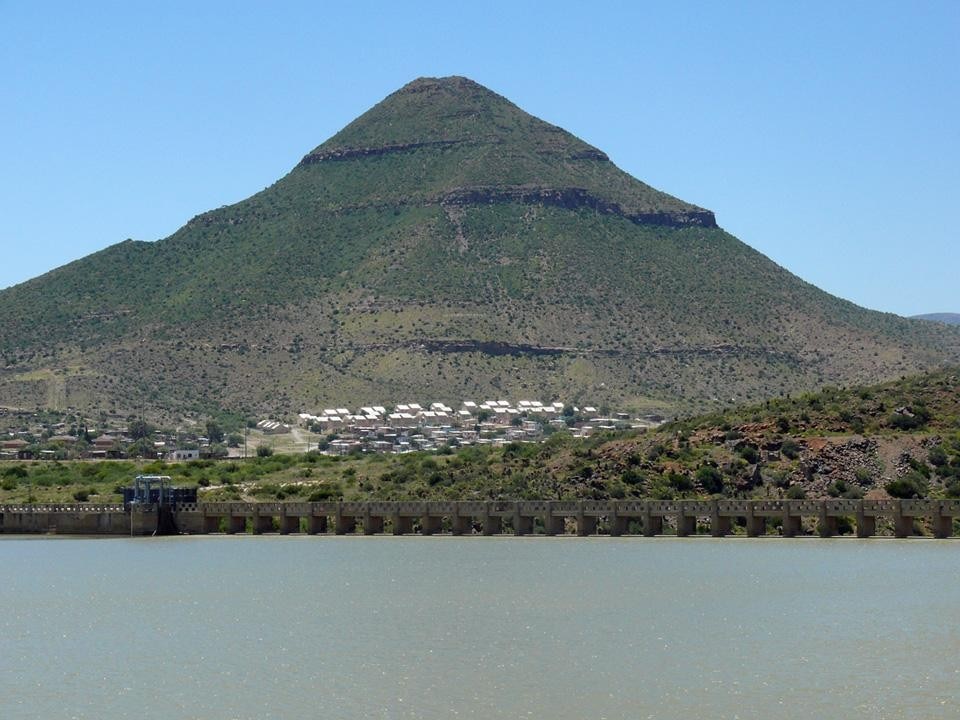
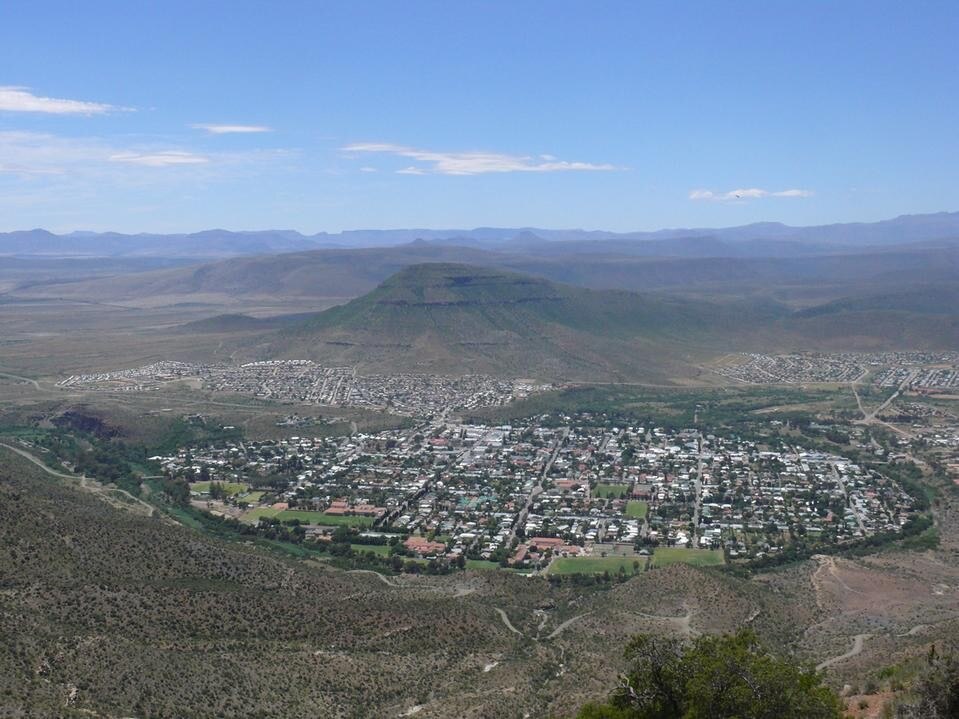
And if you do not find existential answers, at least to find a chance to rest, some refreshment. This offers Beaufort West, and few things more, halfway between Cape Town and Johannesburg along the infamous N1. The other few things are collected in a little museum dedicated to Christiaan Barnard, the first surgeon to practice heart transplant, who grew up in this town. The vintage machinery kept in glass display cases, after hours of driving, sand and bushes, produce on the visitor the same effect of alien spaceships of science fiction b-movies of the last century.
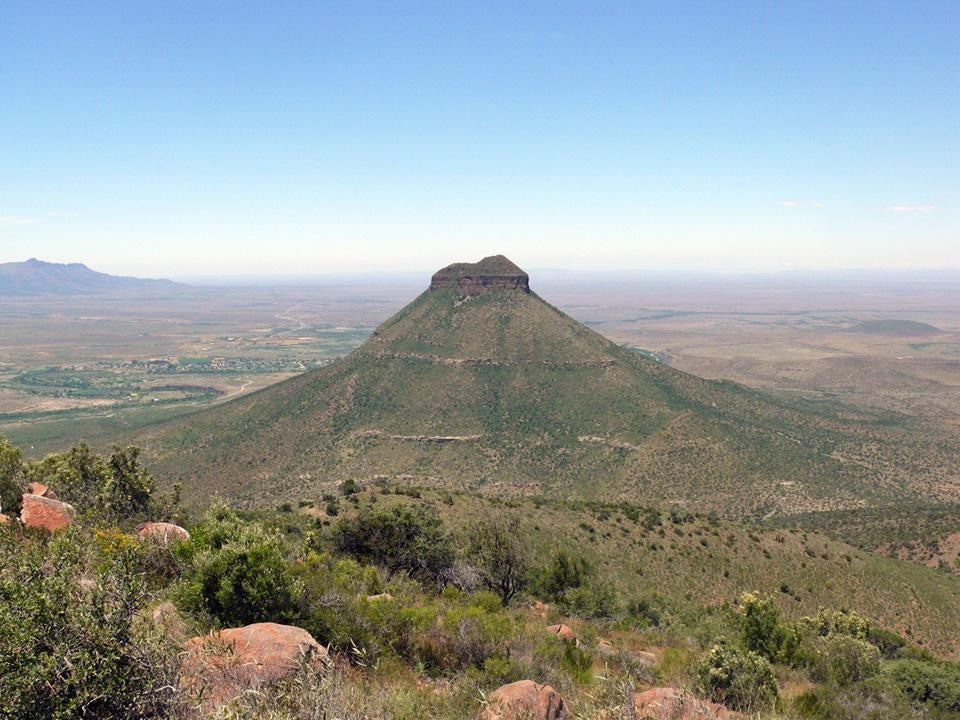
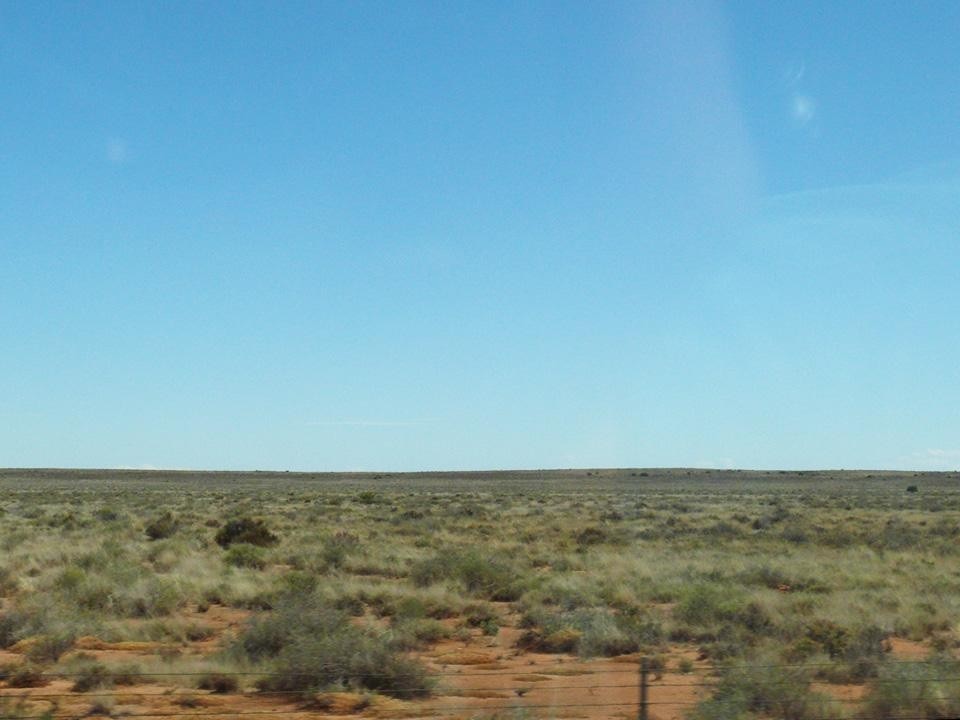
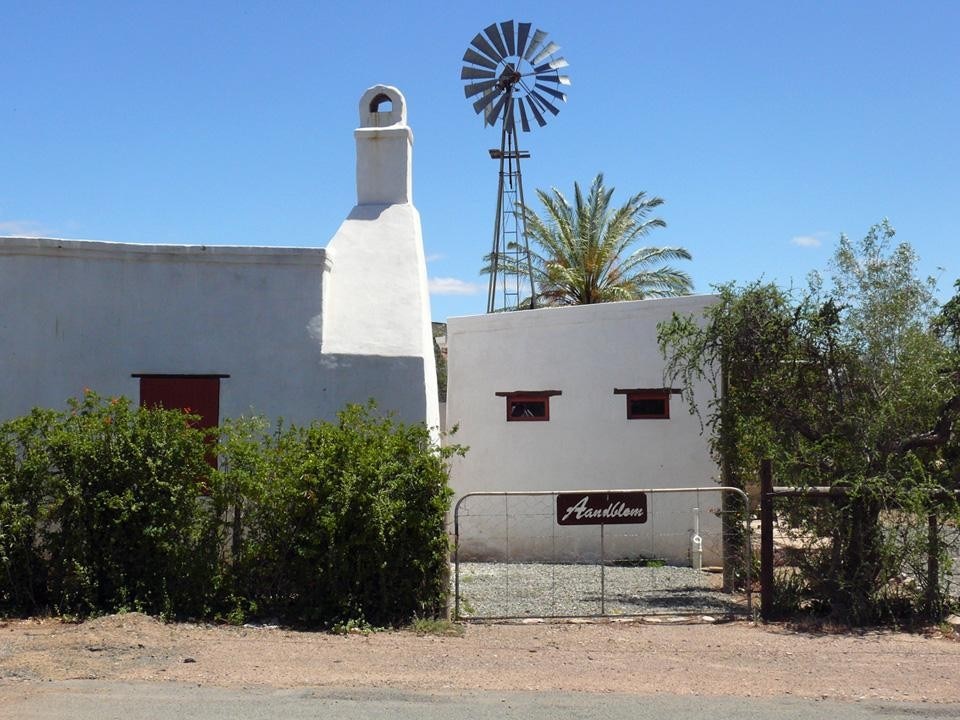
We stopped at perfect days
and got out of the car.
The wind glanced at her hair.
It was as simple as that.
I turned to say something–
—Richard Brautigan, We stopped at perfect days, in Rommel drives on deep into Egypt, Dell publishing, New York, 1970
